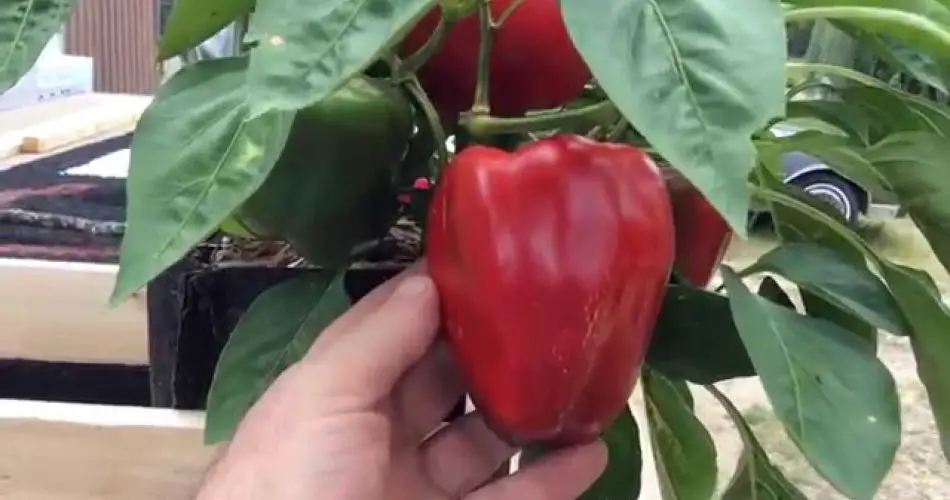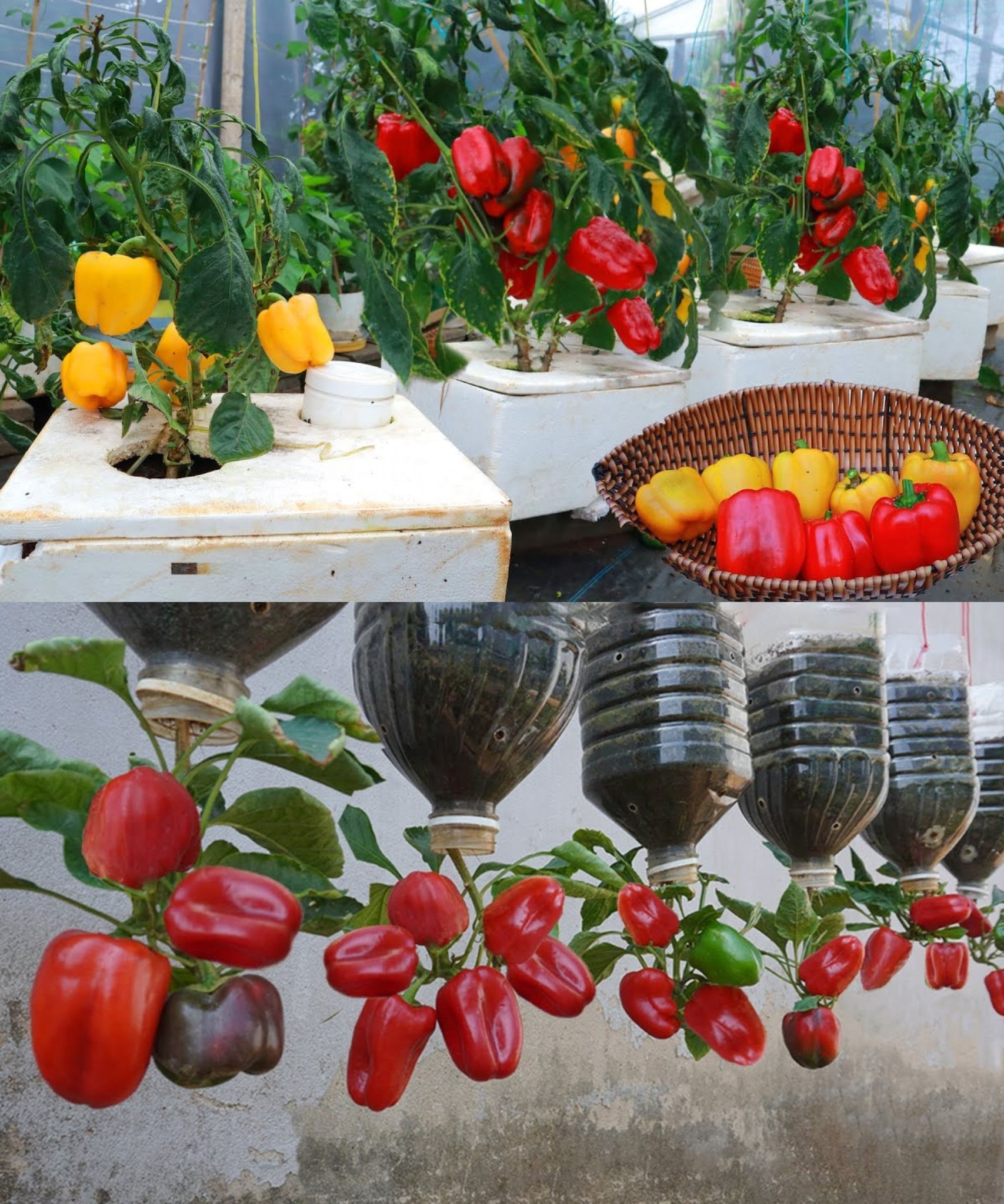
Growing peppers indoors can be a rewarding experience, allowing you to enjoy fresh peppers year-round regardless of the climate outside. Here are 12 tips to help you successfully grow peppers indoors:
-
Choose compact pepper varieties: Select pepper varieties that are known for being compact and bushy, as these are more suitable for indoor cultivation. Some good options include jalapeños, poblanos, and bell peppers.
-
Pick the right containers: Use pots that are 10-12 inches in diameter and have drainage holes to prevent waterlogging. Consider using terracotta pots, as they help to regulate moisture levels.
-
Use a quality potting mix: Opt for a well-draining and nutrient-rich potting mix specifically formulated for peppers. This will provide the plants with the essential nutrients they need for optimal growth and development.
-
Understand different growing techniques: You can grow peppers indoors using various methods, including seed starting, transplanting seedlings, and air layering. Each method has its own advantages and disadvantages, so choose the one that best suits your experience level and space constraints.
-
Provide ample sunlight: Peppers require at least 6-8 hours of direct sunlight daily. If you don’t have a sunny windowsill, consider using a grow light to supplement natural light.
-
Water regularly: Keep the potting mix moist but not soggy. Avoid overwatering, as this can lead to root rot. Water the plants deeply and infrequently, allowing the top inch of soil to dry out between waterings.
-
Maintain proper humidity: Peppers prefer a humidity level of around 70%. If your indoor air is dry, consider using a humidifier or placing the plants on a tray filled with pebbles and water.
-
Fertilize regularly: Use a balanced liquid fertilizer every 2-3 weeks throughout the growing season. Follow the instructions on the fertilizer label carefully to avoid overfertilizing.
-
Pinch off suckers: Suckers are the small shoots that grow between the main stem and the branches of pepper plants. Removing suckers promotes better air circulation and encourages the plant to focus its energy on producing peppers.
-
Hand-pollinate (if necessary): Indoors, peppers may not get pollinated naturally by insects. To ensure fruiting, you may need to hand-pollinate the flowers. Use a cotton swab or a small brush to gently transfer pollen from the male flowers to the female flowers.
-
Monitor for pests and diseases: Peppers are susceptible to a variety of pests and diseases, such as aphids, whiteflies, and anthracnose. Regularly inspect your plants for signs of pests or diseases and take action as needed.
-
Harvest peppers when ripe: Peppers are typically ready to harvest when they have reached their full color and size. For bell peppers, check the bottom of the pepper for a slight softening. For jalapeños and other hot peppers, the skin will turn from green to red (or orange, yellow, or purple, depending on the variety) when they are ripe.
-
